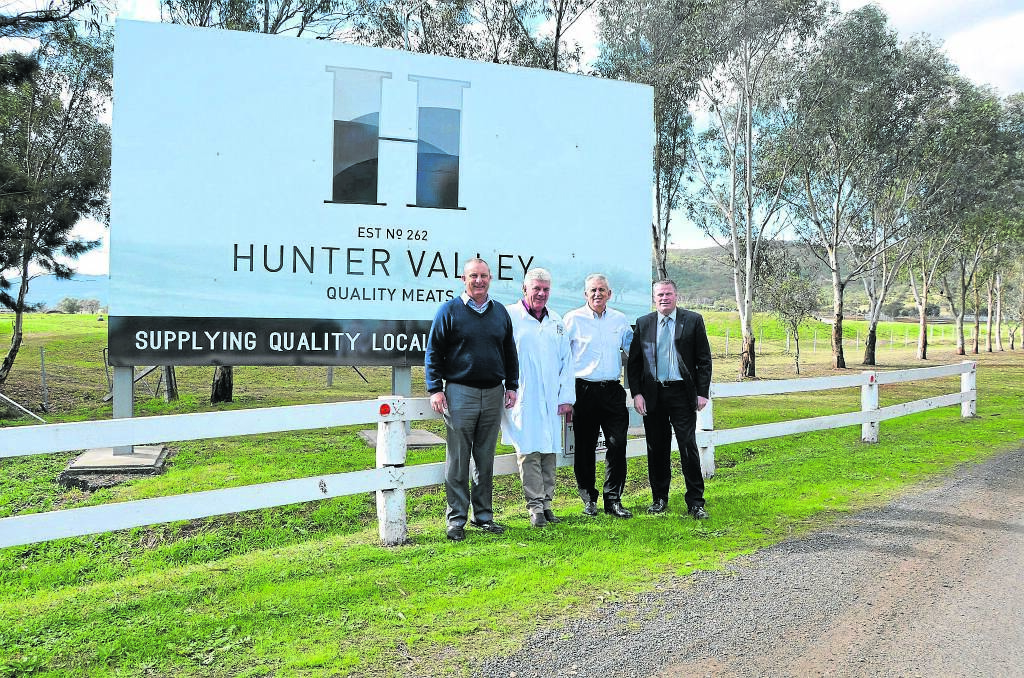
At last there is some positive news for our region’s cattle producers.
Subscribe now for unlimited access.
$0/
(min cost $0)
or signup to continue reading
The continuing global demand for our beef exports will underpin a $40 million upgrade to Scone’s Primo Abattoir.
If all goes to plan the owners of the abattoir hope to start work on the upgrade in September and, when completed, an additional 100 meatworkers will be employed at the works.
Once a multi-species abattoir supplying mainly Hunter and Sydney butchers, today the facility only processes cattle.
It has become an export facility supplying product throughout the world including the European Union, and Malaysia, as well as having a McDonalds listing to supply the fast food chain with hamburger patties.
From vealers through to Jap-ox bullock bulls and cows the business has changed and grown, says chief executive officer Peter Allen.
Mr Allen has been in charge of the works for two years and is keen to see the business grow further, particularly in the export market.
“Our market has changed from being a predominately domestic kill facility to one today where most of our product is exported,” he said.
“And to grow that market we need to improve our facilities to handle the extra throughput and meet all our strict licencing requirements.
“It’s good news for cattle producers because as we grow so does our demand for cattle.”
Mr Allen could not give an exact figure on the increased throughput but it would be well above the existing 1000 head processed each day.
Primo joins Wingham Exports (Wingham) and EC Throsby (Singleton) as regional export licenced abattoirs.
Mr Allen said the upgrade work would involve renewing the boning and slaughter facilities plus an environmental upgrade of the works.
“We are planning to hold information sessions on the upgrade,” he said.
“But what I think our plans show is how confident our company is in the future of the beef industry.”
Meat and Livestock Australia’s (MLA) 2014 cattle industry projections and the mid-year update points to a more positive outlook for Australian cattle producers, underpinned by a looming shortage of cattle and a robust global demand for beef.
MLA Manager for Market Information and Analysis Tim McRae, said by June 2015 the Australian cattle herd was forecast to have fallen to 26.1 million head – the lowest level in almost two decades.
“This is the impact of expansive and severe drought through the key cattle producing regions of Queensland and NSW,” Mr McRae said.
“In turn, the national cattle slaughter has continued at rarely seen levels for over 18 months, and will significantly reduce the amount of cattle available for processing or exporting in coming years.
“The sustained high adult cattle slaughter levels of the past 24 months, combined with near record live cattle shipments, have eroded the production capacity of the Australian herd heading into the second half of 2014.
“But with the inevitable tightening of supply, prices for Australian cattle are forecast to increase into next year, bringing them back in line with global cattle and beef prices.
“The limiting factor in a price turnaround for the Australian market will be seasonal conditions for the remainder of 2014 and the northern 2014-15 wet season – which will be key to watch.”

